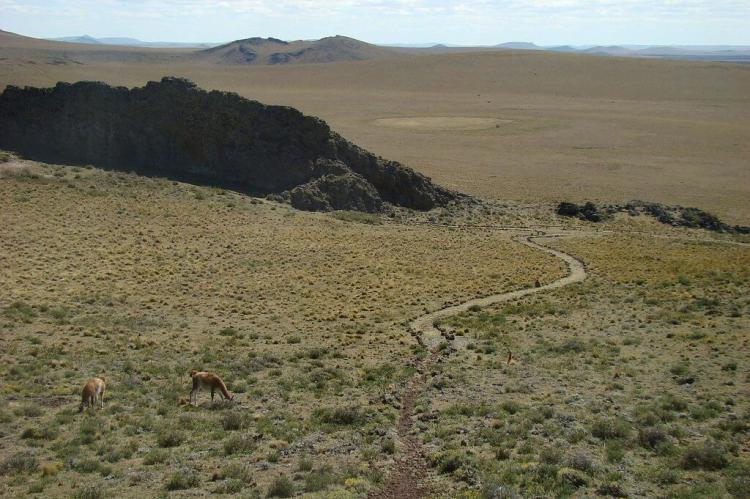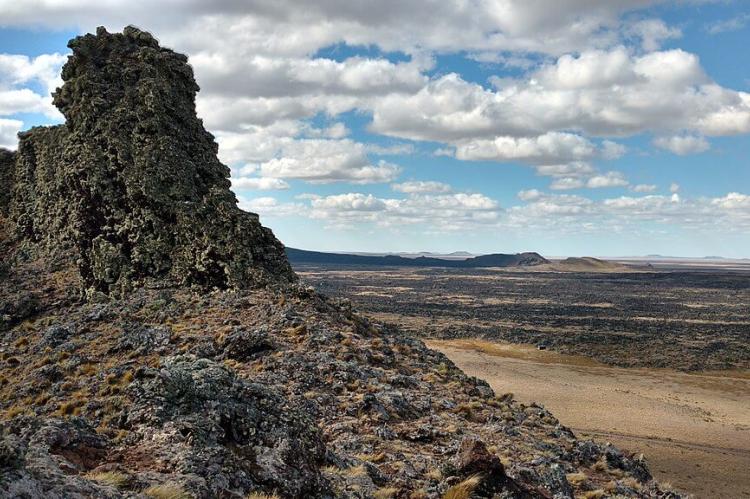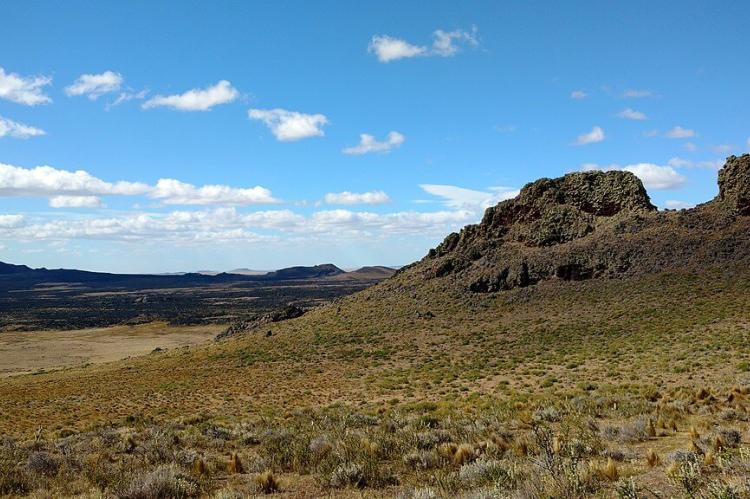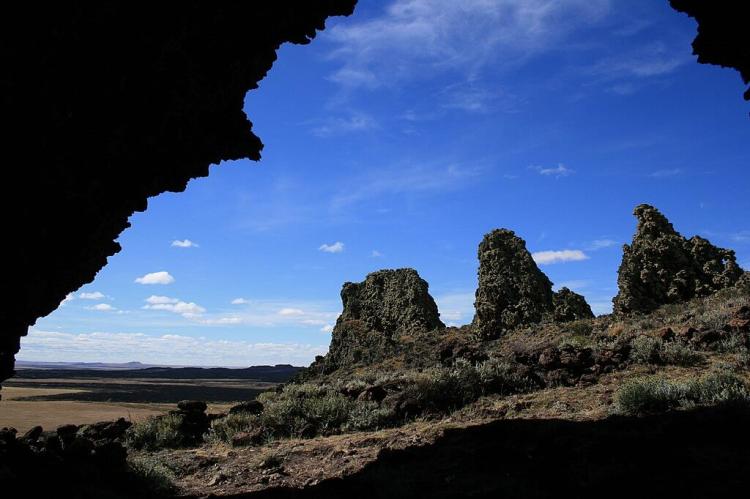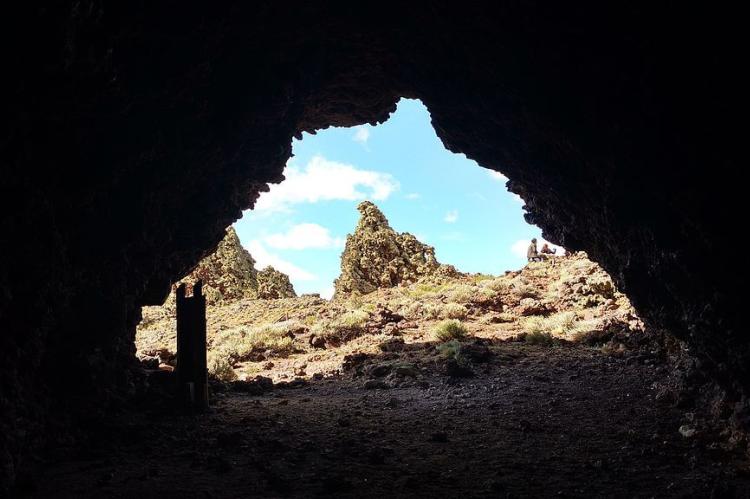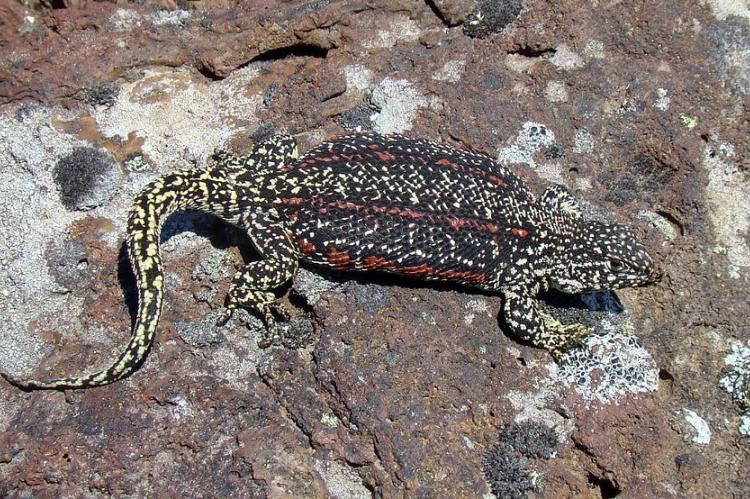Pali-Aike National Park (Chile)
Pali-Aike National Park is a protected area in the Magallanes Region of Chile, characterized by its barren, volcanic terrain. It is home to various geological and archaeological features, including a volcanic crater, lava flows, and ancient cave paintings.
Pali-Aike National Park
Pali-Aike National Park is a protected area in the Magallanes Region of Chile, approximately 196 km (120 mi) northwest of Punta Arenas. It is home to various geological and archaeological features, including a volcanic crater, lava flows, and cave paintings that date back over 11,000 years.
Pali-Aike National Park covers an area of 5,030 ha (12,429 acres) and is characterized by its barren, volcanic terrain. The park is located in the Pali-Aike Volcanic Field, which is a region that has been active for over 3 million years. Lava flows, craters and volcanic cones dominate the park's landscape.
One of the most popular tourist attractions in the National Park is the Pali-Aike Crater. This massive crater is approximately 10 km (6.2 mi) in diameter and was formed by a volcanic eruption over 3 million years ago. Visitors can hike to the top of the crater for stunning views of the surrounding landscape.
Route of Parks
Pali-Aike National Park is part of Chile's scenic 2,800 km (1,700 mi) "Route of Parks" that stretches from Puerto Montt in the north to Cape Horn in the south.
Spanning 17 national parks, the Route of Parks of Patagonia encompasses one-third of Chile and protects over 11.8 million hectares (28 million acres).
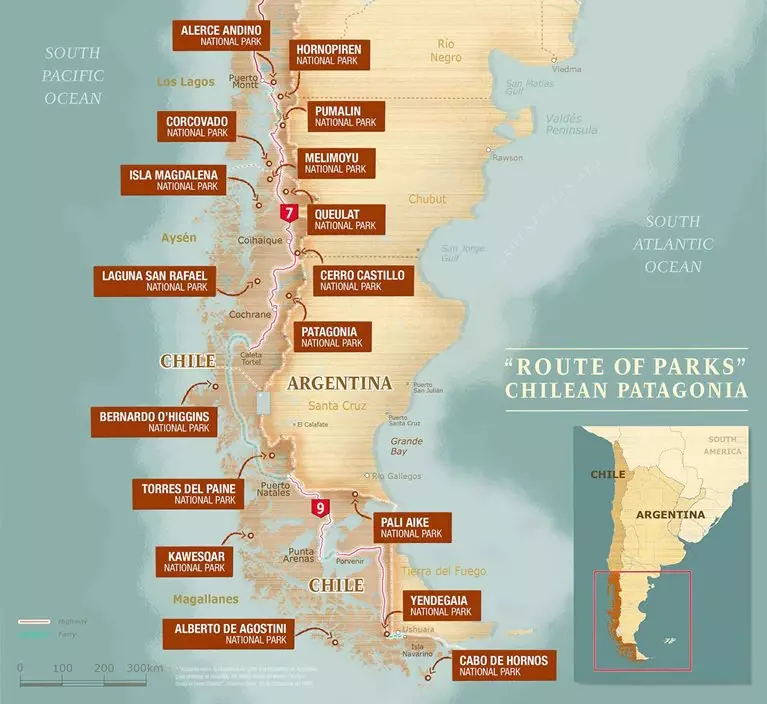
Chile's Route of Parks map - Thompson Conservation
Flora and Fauna
Despite its desolate appearance, Pali-Aike National Park is a vibrant and dynamic ecosystem supporting various plant and animal life. Semi-desert shrubs and grasses characterize the park's vegetation. Some of the most common plant species in the park include guanaco grass, tussock grass, and cushion plants.
The National Park is also home to a variety of wildlife. Some of the most common animals in the park include guanacos, rheas, foxes, and armadillos. The park is also a popular birding destination, with over 100 species of birds being recorded within its borders. Some of the most common birds in the park include the Chilean flamingo, the rhea, and the guanaco.
Archaeology
Pali-Aike National Park is also home to some important archaeological sites. The most significant of these sites is the Pali-Aike Cave. This cave is home to a series of well-preserved rock paintings that date back over 11,000 years. The paintings depict various animals, including guanacos, llamas, and rheas. They also depict human figures engaged in hunting and other activities.
The Pali-Aike Cave is one of Chile's most important archaeological sites and provides valuable insights into the lives of the region's early inhabitants. The cave paintings are also a testament to the rich cultural heritage of the Chilean people.
